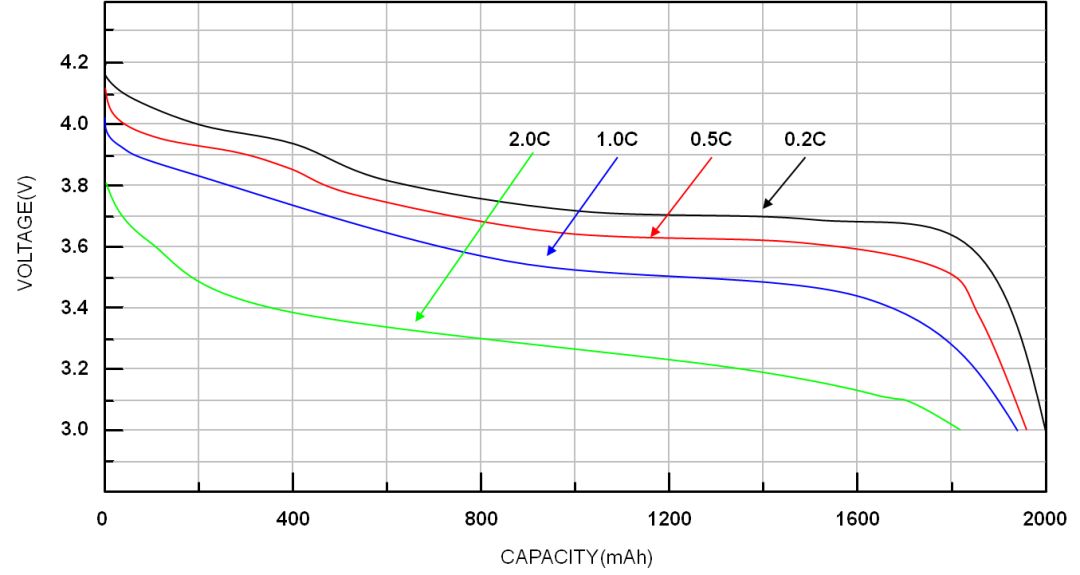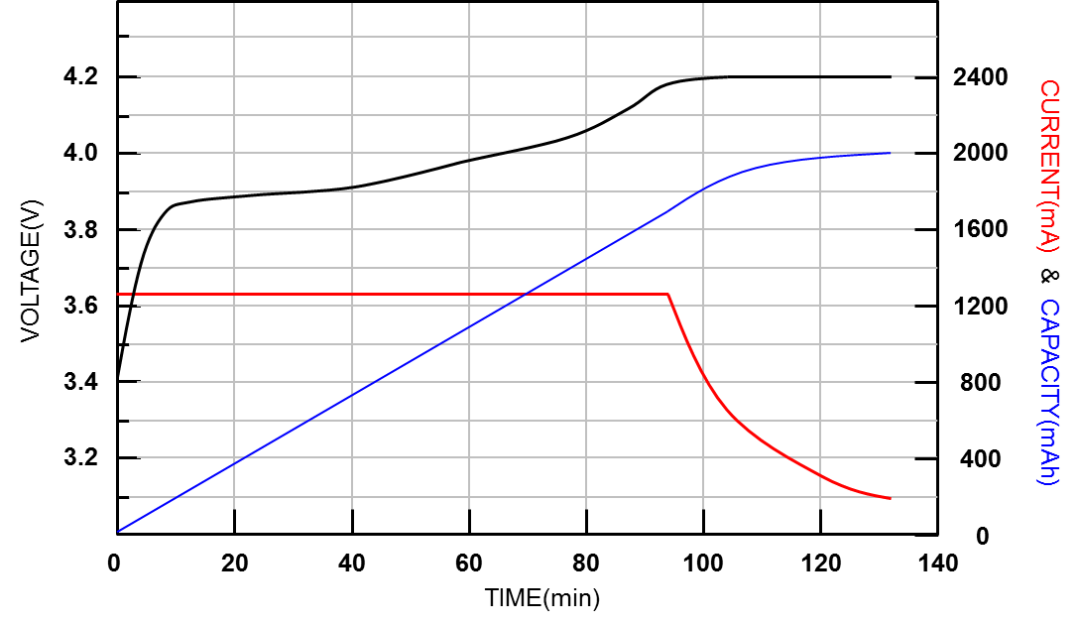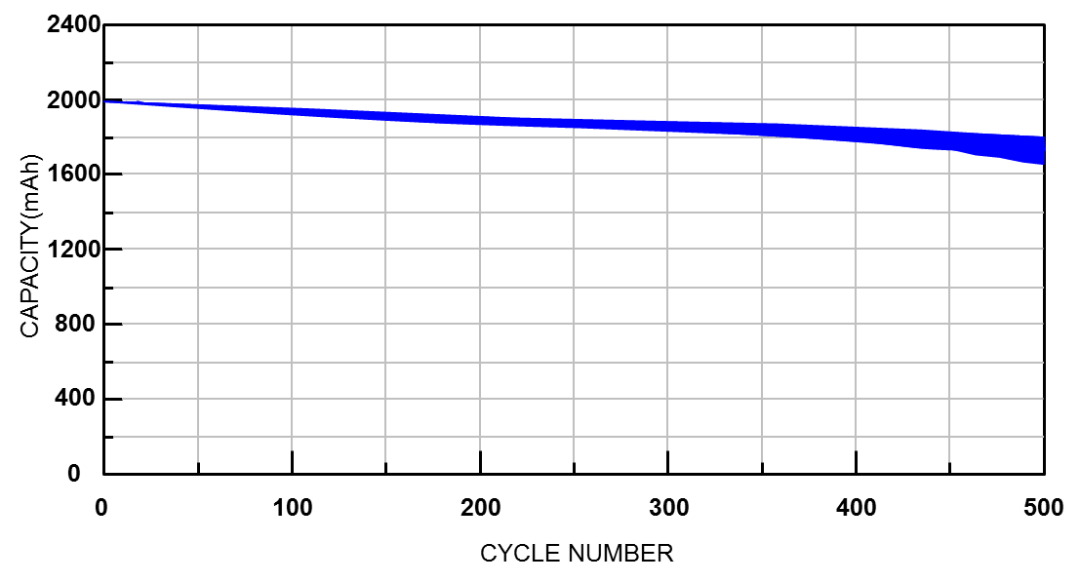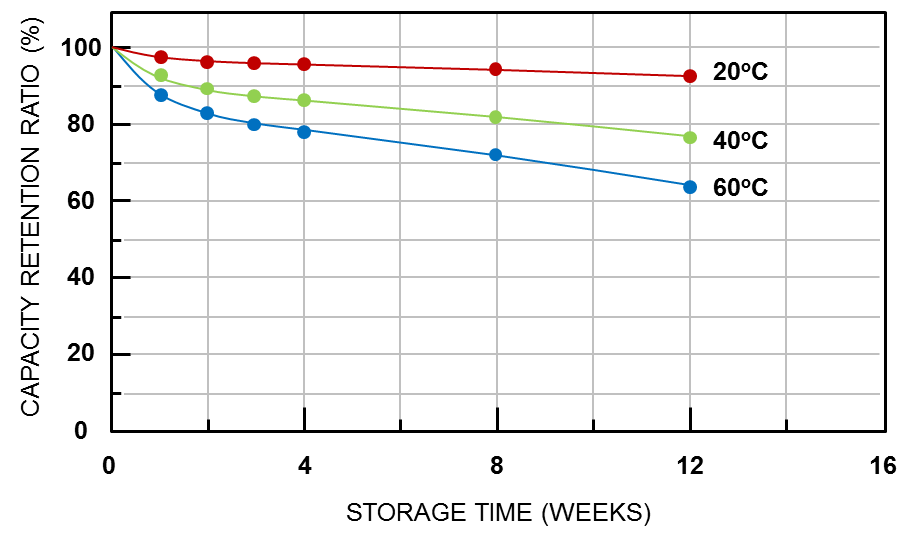- English
- Español
- Português
- русский
- Français
- 日本語
- Deutsch
- tiếng Việt
- Italiano
- Nederlands
- ภาษาไทย
- Polski
- 한국어
- Svenska
- magyar
- Malay
- বাংলা ভাষার
- Dansk
- Suomi
- हिन्दी
- Pilipino
- Türkçe
- Gaeilge
- العربية
- Indonesia
- Norsk
- تمل
- český
- ελληνικά
- український
- Javanese
- فارسی
- தமிழ்
- తెలుగు
- नेपाली
- Burmese
- български
- ລາວ
- Latine
- Қазақша
- Euskal
- Azərbaycan
- Slovenský jazyk
- Македонски
- Lietuvos
- Eesti Keel
- Română
- Slovenski
- मराठी
- Srpski језик
Theory of lithium battery charging and discharging
Theory of lithium battery charging and discharging
1.1 State of Charge (SOC)
The state of charge can be defined as the state of available electrical energy in a battery, usually expressed as a percentage. Because the available electrical energy varies depending on the charging and discharging current, temperature, and aging phenomenon, the definition of state of charge is also divided into two types: Absolute State Of Charge (ASOC) and Relative State Of Charge (RSOC). The range of relative state of charge is usually 0% -100%, while the battery is 100% when fully charged and 0% when fully discharged. The absolute state of charge is a reference value calculated based on the designed fixed capacity value when the battery is manufactured. The absolute state of charge of a brand new fully charged battery is 100%; Even if the aging battery is fully charged, it cannot reach 100% under different charging and discharging conditions.
The following figure shows the relationship between voltage and battery capacity under different discharge rates. The higher the discharge rate, the lower the battery capacity. When the temperature is low, the battery capacity will also decrease.


Figure 1. Relationship between voltage and capacity under different discharge rates and temperatures
1.2 Max Charging Voltage
The highest charging voltage is related to the chemical composition and characteristics of the battery. The charging voltage of lithium batteries is usually 4.2V and 4.35V, and the voltage values may vary depending on the cathode and anode materials.
1.3 Fully Charged
When the difference between the battery voltage and the highest charging voltage is less than 100mV and the charging current decreases to C/10, the battery can be considered fully charged. The characteristics of batteries vary, and the conditions for complete charging also vary.
The following figure shows a typical lithium battery charging characteristic curve. When the battery voltage is equal to the highest charging voltage and the charging current decreases to C/10, the battery is considered fully charged.

Figure 2. Lithium battery charging characteristic curve
1.4 Minimum Discharging Voltage
The minimum discharge voltage can be defined as the cut-off discharge voltage, usually the voltage at 0% state of charge. This voltage value is not a fixed value, but changes with load, temperature, aging degree, or other factors.
1.5 Full Discharge
When the battery voltage is less than or equal to the minimum discharge voltage, it can be called complete discharge.
1.6 Charge discharge rate (C-Rate)
The charge discharge rate is a representation of the charge discharge current relative to the battery capacity. For example, if 1C is used to discharge for one hour, ideally, the battery will fully discharge. Different charging and discharging rates will result in different available capacities. Usually, the higher the charge discharge rate, the smaller the available capacity.
1.7 Cycle Life
The number of cycles is the number of times a battery has undergone complete charging and discharging, which can be estimated from the actual discharge capacity and design capacity. Whenever the accumulated discharge capacity equals the design capacity, the number of cycles is one. Usually, after 500 charging and discharging cycles, the capacity of a fully charged battery will decrease by 10% to 20%.

Figure 3. Relationship between Cycle Times and Battery Capacity
1.8 Self Discharge
The self discharge of all batteries will increase with increasing temperature. Self discharge is basically not a manufacturing defect, but rather a characteristic of the battery itself. However, improper handling during the manufacturing process can also lead to an increase in self discharge. Usually, for every 10 ° C increase in battery temperature, the self discharge rate doubles. Lithium ion batteries have a monthly self discharge capacity of approximately 1-2%, while various nickel based batteries have a monthly self discharge capacity of 10-15%.

Figure 4. Performance of self discharge rate of lithium batteries at different temperatures



